Archives
- 2025-11
- 2025-10
- 2025-09
- 2025-04
- 2025-03
- 2025-02
- 2025-01
- 2024-12
- 2024-11
- 2024-10
- 2024-09
- 2024-08
- 2024-07
- 2024-06
- 2024-05
- 2024-04
- 2024-03
- 2024-02
- 2024-01
- 2023-12
- 2023-11
- 2023-10
- 2023-09
- 2023-08
- 2023-07
- 2023-06
- 2023-05
- 2023-04
- 2023-03
- 2023-02
- 2023-01
- 2022-12
- 2022-11
- 2022-10
- 2022-09
- 2022-08
- 2022-07
- 2022-06
- 2022-05
- 2022-04
- 2022-03
- 2022-02
- 2022-01
- 2021-12
- 2021-11
- 2021-10
- 2021-09
- 2021-08
- 2021-07
- 2021-06
- 2021-05
- 2021-04
- 2021-03
- 2021-02
- 2021-01
- 2020-12
- 2020-11
- 2020-10
- 2020-09
- 2020-08
- 2020-07
- 2020-06
- 2020-05
- 2020-04
- 2020-03
- 2020-02
- 2020-01
- 2019-12
- 2019-11
- 2019-10
- 2019-09
- 2019-08
- 2019-07
- 2019-06
- 2019-05
- 2019-04
- 2018-11
- 2018-10
- 2018-07
-
br Results br Discussion Although they
2024-02-04
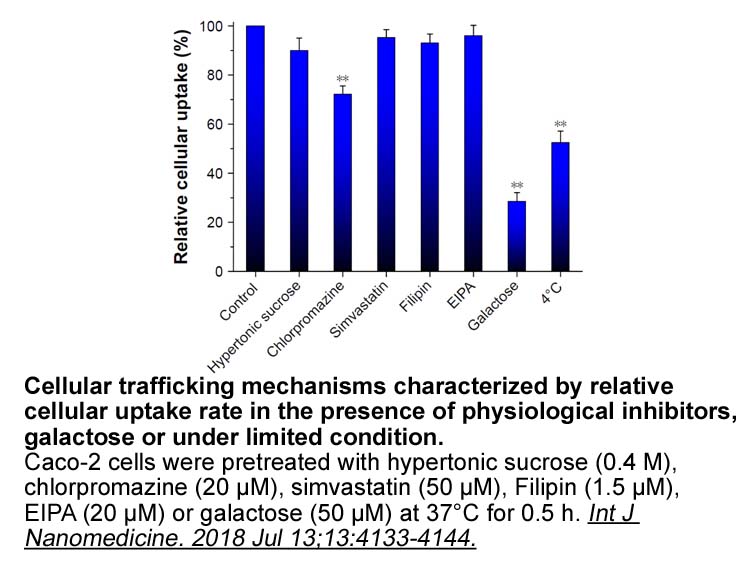
Results Discussion Although they do not have protein-coding capacity, lncRNAs make up a large part of the transcripts of the genome, and they play fundamental roles in carcinogenesis and osteosarcoma progression through regulation of tumor proliferation and metastasis. These lncRNAs include MA
-
The ATX LPA signaling axis has been implicated in
2024-02-04

The ATX–LPA signaling “axis” [5] has been implicated in a perplexing variety of physiological and pathophysiological processes, including vascular and neural development [5], [26], [27], [28], [29], tumor progression and metastasis [30], [31], lymphocyte trafficking [22], bone development [32], neur
-
br Acknowledgement This work was funded
2024-02-04
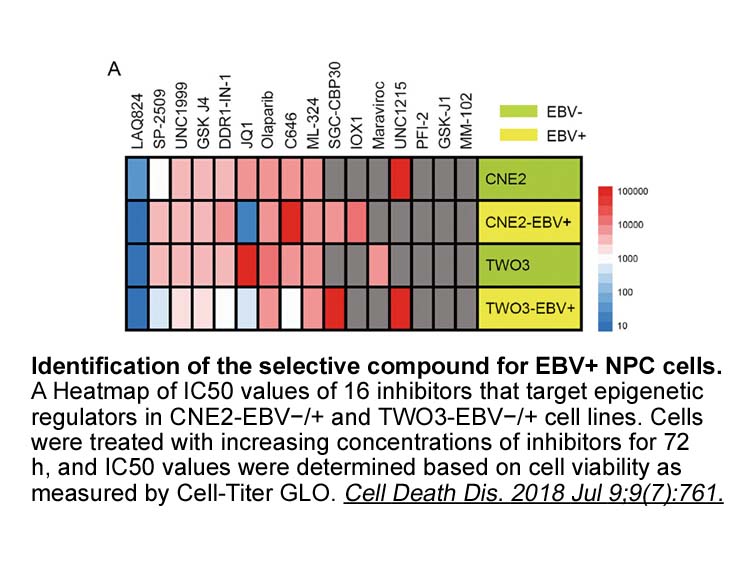
Acknowledgement This work was funded by NIH/NINDS grant number NS080967 to C. Waites. Introduction Macro-autophagy also called autophagy is a conserved pathway for the lysosomal degradation and recycling of intracellular materials. It is instrumental for the homeostasis of cells and tissues a
-
Evidences have suggested that impairment of CK activity
2024-02-04

Evidences have suggested that impairment of CK activity contributes to inhibition of Na+, K+-ATPase and H+-ATPase activities during infectious diseases, since these ATPases are dependent of ATP, as observed by Baldissera et al. [31] in fish experimentally infected by Aeromonas caviae. We observed th
-
The canonical binding sites to which or contribute are
2024-02-04
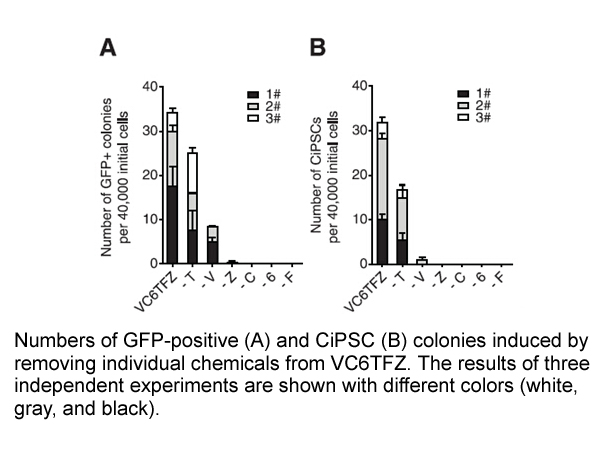
The canonical protease inhibitor cocktail to which α2, α3, or α5 contribute are highly similar. Therefore, differences in ligand affinity will not be large even if a ligand makes optimal use of the small differences in the pockets. As a possible alternative approach to achieve separation of compoun
-
A large number of studies have shown
2024-02-04

A large number of studies have shown that oxidative stress is involved in the pathophysiological process of ventricular remodeling and is associated with left ventricular dysfunction (Hori and Nishida, 2009, Lord et al., 2010). The generation of reactive oxygen species (ROS) that exceeds anti-oxidat
-
Poly (A) Tailing In summary this report demonstrates
2024-02-04
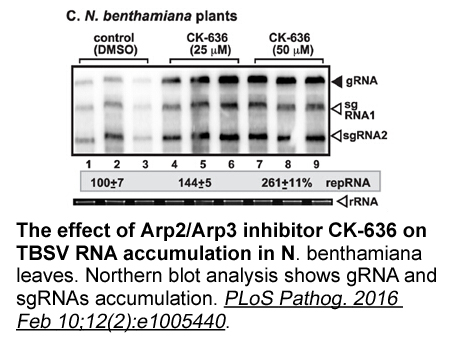
In summary, this report demonstrates another successful application of gene editing in iPSCs. Despite the lack of efficient metabolic functional repair after transplantation, the application of gene correction into HLCs might still be a realistic goal for ex vivo gene therapy of liver diseases with
-
Currently NSAIDs which achieve antineoplastic actions mainly
2024-02-04
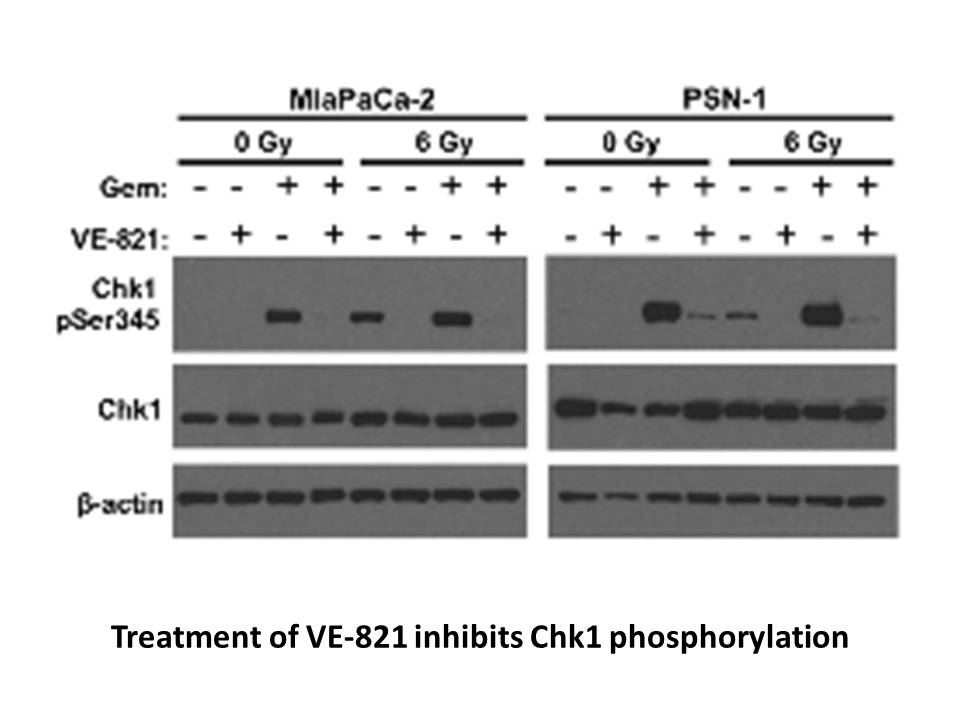
Currently, NSAIDs which achieve antineoplastic actions mainly through apoptosis are emerging choice in chemotherapy. Their antineoplastic effects were demonstrated before in tumor-bearing models [5], [6], [7]. Through in vitro cell models, we identified an indomethacin-activation of ceramide/PP2A/Ak
-
br Conclusions The present protocol for localizing
2024-02-04

Conclusions The present protocol for localizing or “spotting” the site of action of an antioxidant in a micro-heterogeneous medium is based on the differences in its reactivity vis-à-vis the series of amphiphobic TEMPO derivatives 1a–f. Plots of the relative antioxidant effectiveness of a given A
-
Nicotinamide australia br Antiangiogenic therapy in non smal
2024-02-04
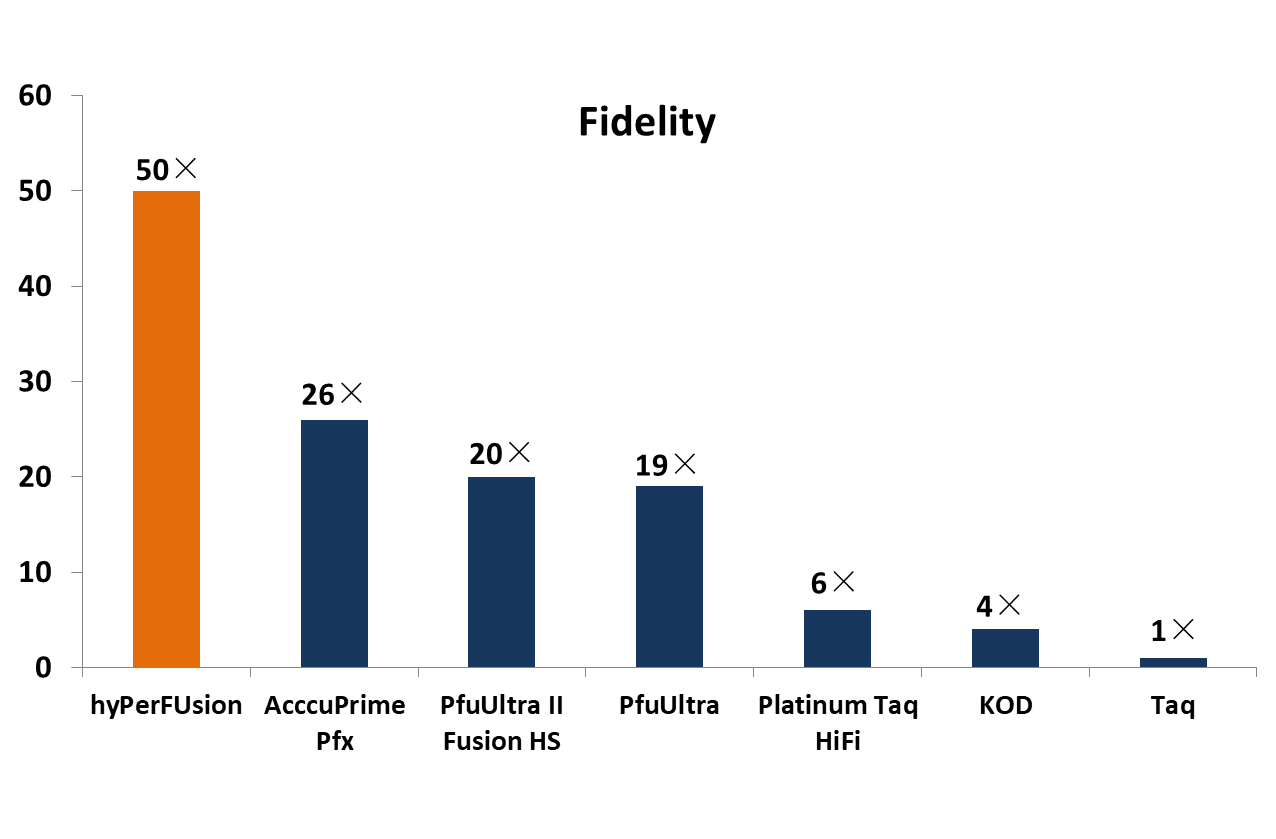
Antiangiogenic therapy in non-small cell lung cancer (NSCLC) Antiangiogenic targeted therapy is an area of active research in which numerous agents have been studied and have been shown to be effective for many tumor types including NSCLC. Angiogenesis is frequently upregulated in malignant solid
-
LAP locations in the parasite tissues would provide clues fo
2024-02-04

LAP locations in the parasite tissues would provide clues for the potential physiological roles of it inside the parasite body. To date, tissue localization of LAPs has been carried out in many helminth parasites; however, information regarding LAPs in tapeworm is scarce. It was shown that LAPs were
-
The evidence points toward a role for LO activity
2024-02-04
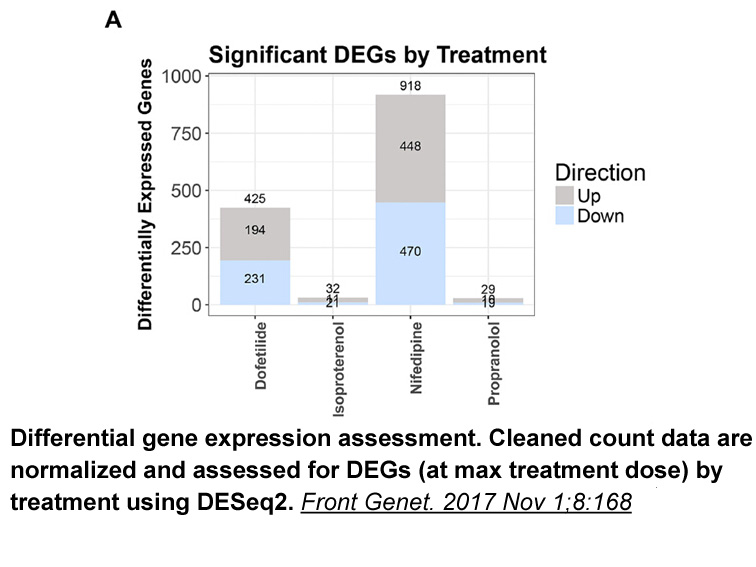
The evidence points toward a role for 12/15-LO activity in WAT in modulating chronic local inflammation and subsequent systemic metabolic decline in the obese state. However, little is known as to the role of 12- and 15-LOs in BAT. Indeed, in addition to WAT, platelet- and leukocyte-type 12-LO are e
-
Cancers that responded to immune checkpoint inhibitors
2024-02-02
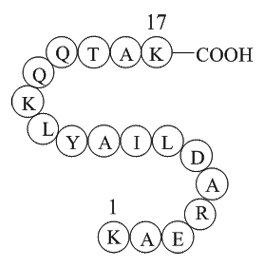
Cancers that responded to immune checkpoint inhibitors were shown to present a type I interferon (IFN) signature in the TME 33, 34. Type I IFNs positively regulate the expression of tumor antigens and their crosspresentation by DCs to tumoricidal CTLs. Furthermore, CD8+ T cell develops full effector
-
In the previous study we demonstrated the importance of the
2024-02-02
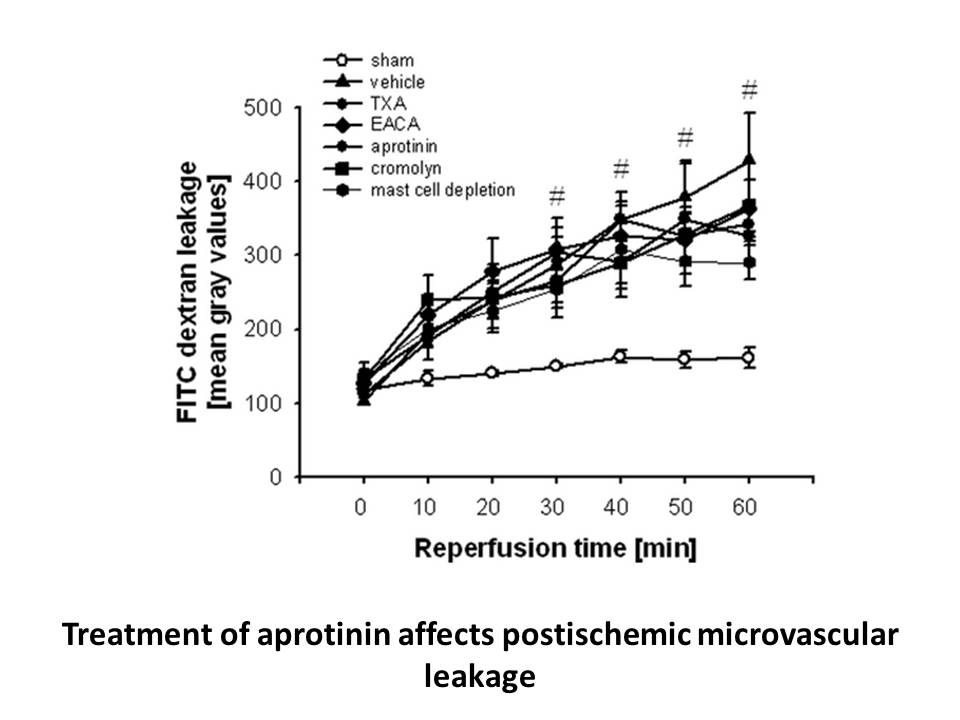
In the previous study, we demonstrated the importance of the mPFC postsynaptic 5-HT1A receptor in the sustained antidepressant effects, because a sustained antidepressant effect was obtained with intra-mPFC injection, but not systemic injection of 8-OH-DPAT, a 5-HT1A receptor agonist (Fukumoto et al
-
In the isolated right atrium activation of muscarinic recept
2024-02-02
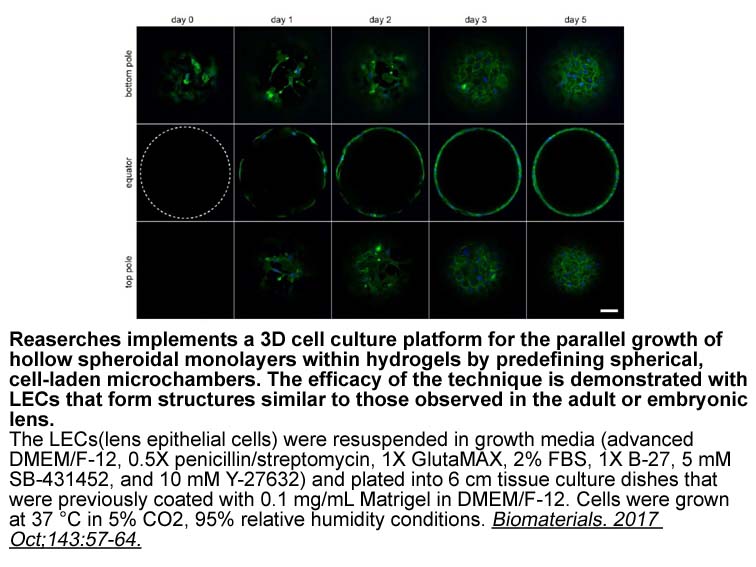
In the isolated right atrium, activation of muscarinic receptors and adenosine receptors may block the generation of action potentials in the sinoatrial node, inducing cardiac arrest (Fig. 1, Fig. 2, Fig. 3, Fig. 4, Fig. 5) (Camara et al., 2015, Campbell et al., 1989). Physiologically, this conditio
16373 records 204/1092 page Previous Next First page 上5页 201202203204205 下5页 Last page